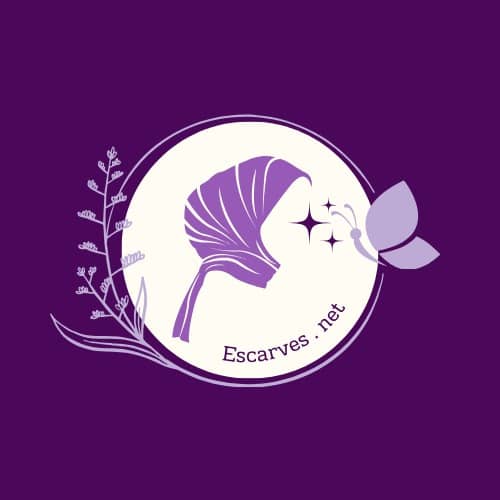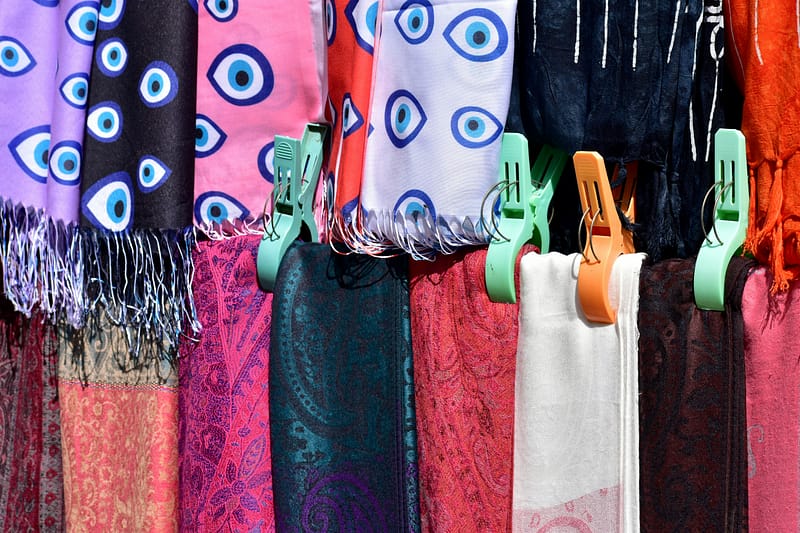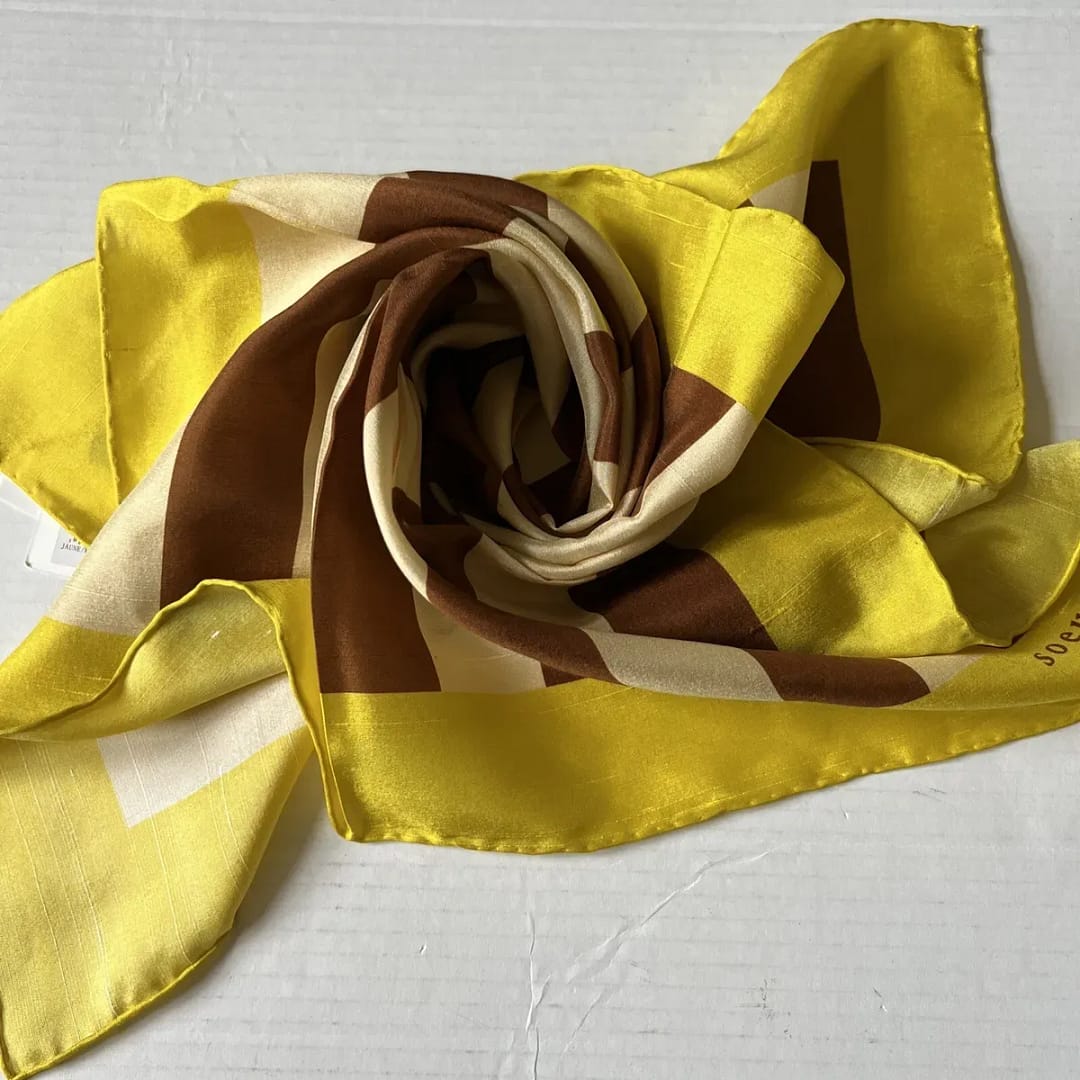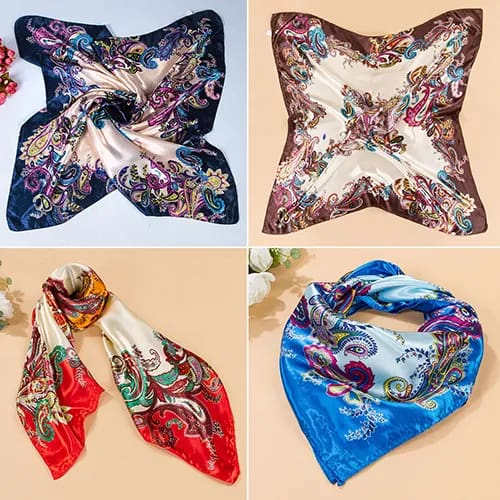Definition and Basic Overview of Head scarves
Head scarves, also known as head coverings or head wraps, are pieces of fabric worn to cover the head, hair, or neck. They come in various shapes, sizes, and styles, reflecting the diverse cultural traditions and practices of different societies around the world. While the specific design and use of headscarves may vary, their significance as cultural symbols remains consistent across various communities.
Significance of Headscarves as Cultural Symbols
Head scarves hold deep cultural significance as symbols of tradition, faith, and identity. In many cultures, the way a headscarf is worn can convey messages about a person’s religious affiliation, social status, or regional heritage. For example, in some societies, wearing a headscarf may signal adherence to traditional values and customs, while in others, it may serve as a marker of religious devotion or cultural pride.
Historical Background
Origins and Early Usage of Head scarves
The practice of wearing headscarves dates back centuries, with evidence of their usage found in ancient civilizations such as Egypt, Mesopotamia, and Greece. In these early societies, head scarves served practical purposes, such as protecting against the sun, wind, and dust, as well as symbolizing modesty and virtue. Over time, the wearing of headscarves evolved from a functional necessity to a cultural tradition ingrained in the fabric of society.
Evolution of Headscarf Styles Across Different Cultures and Regions
Headscarves have undergone significant transformations throughout history, adapting to the changing social, cultural, and religious landscapes of different regions. From the elaborate turbans of the Middle East to the intricately patterned tichels of Eastern Europe, each culture has developed its own unique styles of headscarves, reflecting its traditions, beliefs, and values.
Cultural Significance
Religious Significance of Headscarves in Various
Faiths Headscarves hold religious significance in many faith traditions, serving as symbols of piety, modesty, and adherence to religious teachings. n Islam, for instance, Muslim women wear the hijab as a sign of chastity and observance of God’s law.Similarly, in Sikhism, the turban is a mandatory article of faith, symbolizing equality, dignity, and sovereignty.
The symbolism of Headscarves in Non-Religious Contexts
Contexts In addition to their religious significance, headscarves also hold symbolic importance in non-religious contexts, serving as expressions of cultural identity, tradition, and belonging. For example, in some African cultures, headscarves are worn as symbols of ethnic pride and solidarity, with different colors and patterns representing specific tribal affiliations. Similarly, in Western societies, headscarves are often worn as fashion accessories, with styles ranging from casual bandanas to elegant silk scarves.
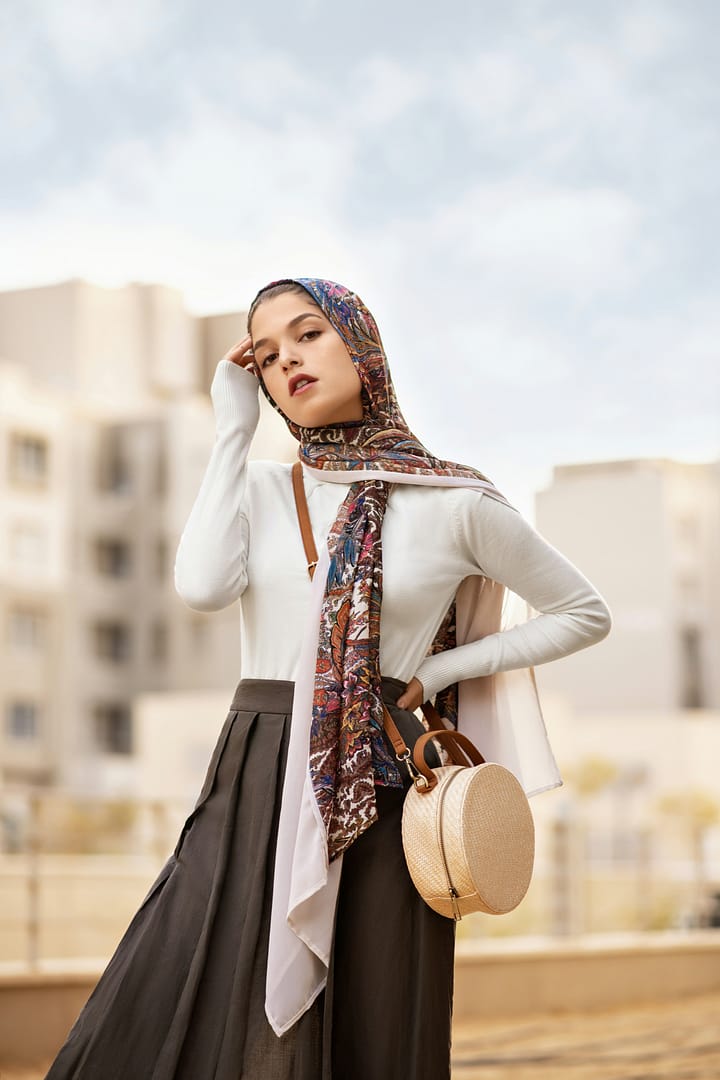
Diverse Styles of Headscarves
Geographical Variations
What are the different types of headscarves? Headscarves vary from region to region and from culture to culture. For example, in the Middle East, men and women wear the keffiyyeh, which is a type of headdress made from cotton or silk. It is adorned with a variety of intricate patterns. Dupattas are rectangular headdresses in South Asia. They are a part of South Asian women’s clothing. They are often draped over the shoulders or tied around the head to cover the head. In Africa, the headscarf comes in many different colors and designs. Each region has its own wrapping and tying style.
Different Materials and Fabrics Used
Headscarves are made from various materials and fabrics, each offering its own unique texture, drape, and aesthetic appeal. Silk, cotton, and wool are among the most commonly used fabrics for headscarves, prized for their softness, breathability, and versatility. Embroidery, embellishments, and other decorative techniques are often used to enhance the beauty and elegance of headscarves, transforming them from simple garments into works of art. In recent years, modern fabrics and blends have also gained popularity, offering greater durability, stretch, and wrinkle resistance for everyday wear.
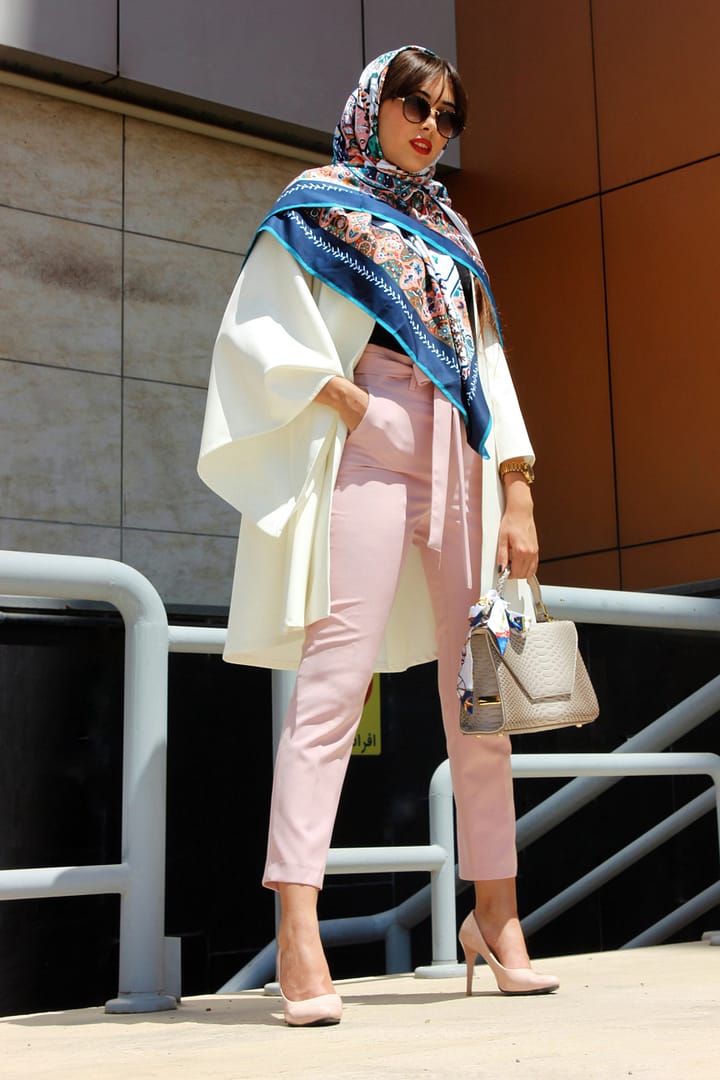
Influence on Fashion
Headscarves in Contemporary Fashion Trends
Headscarves have long been a staple accessory in the world of fashion, with designers incorporating them into their collections to add a touch of elegance, sophistication, and cultural flair. In recent years, headscarves have enjoyed a resurgence in popularity, appearing on runways, red carpets, and street-style blogs around the world. From classic silk scarves to trendy turbans and head wraps, headscarves offer endless possibilities for experimentation and self-expression.
Integration of Headscarves in Haute Couture and Mainstream
In addition to their presence in mainstream fashion, headscarves have also made their mark in haute couture, with designers like Dolce & Gabbana, Chanel, and Christian Dior featuring them prominently in their collections. Whether worn as statement pieces or subtle accents, headscarves add a touch of glamour and sophistication to any ensemble, elevating even the simplest of outfits to new heights of style and sophistication. With their timeless elegance and versatility, headscarves continue to captivate audiences and inspire designers around the world.
Challenges and Controversies
Headscarf Bans and Controversies in Various Regions
Regions In some parts of the world, headscarves have been banned or restricted in schools, workplaces, and public spaces, sparking debates over religious freedom, secularism, and women’s rights. In France, for example, the ban on religious symbols in public schools has led to controversy and protests, with some Muslim women arguing that the ban unfairly targets their religious beliefs and cultural identity. Similarly, in countries like Turkey and Tunisia, headscarf bans in government buildings and universities have been met with criticism and resistance from religious and secular groups alike.
Debates Over Cultural Appropriation
Headscarves have long been associated with fashion and culture, but they have also been the subject of criticism and discussion, particularly when worn by non-Muslims. Critics argue that the appropriation of headscarves by non-Muslims, for example, can perpetuate harmful stereotypes and undermine the religious significance of the hijab for Muslim women. Others argue that cultural exchange and appreciation can foster understanding and empathy across different communities, allowing individuals to celebrate and embrace cultural diversity.
Empowerment and Self-Expression
Role of Headscarves in Expressing Individuality
Despite the challenges they may face, many women around the world view headscarves as symbols of empowerment and self-expression, allowing them to assert their identity and assert their agency in a world that often seeks to silence or marginalize them. By choosing to wear headscarves on their terms, these women reclaim their bodies and their voices, challenging societal norms and expectations in the process.
Empowerment of Women Through Headscarves
For Muslim women in particular, wearing the hijab can be an act of defiance against patriarchal norms and expectations, allowing them to assert their autonomy and independence in a world that often seeks to control and oppress them. By embracing the hijab as a symbol of their faith and identity, these women reclaim their right to self-determination and challenge stereotypes and misconceptions about Islam and women’s rights.
Conclusion
In conclusion, headscarves serve as powerful symbols of cultural heritage, faith, and identity across diverse communities worldwide. Through their various styles and meanings, headscarves encapsulate centuries of tradition and resilience. By celebrating the rich tapestry of headscarf culture, we honor the individuality and agency of those who choose to wear them. Let us continue to embrace and respect the diversity of headscarf traditions, recognizing the beauty and strength they bring to our global society.
